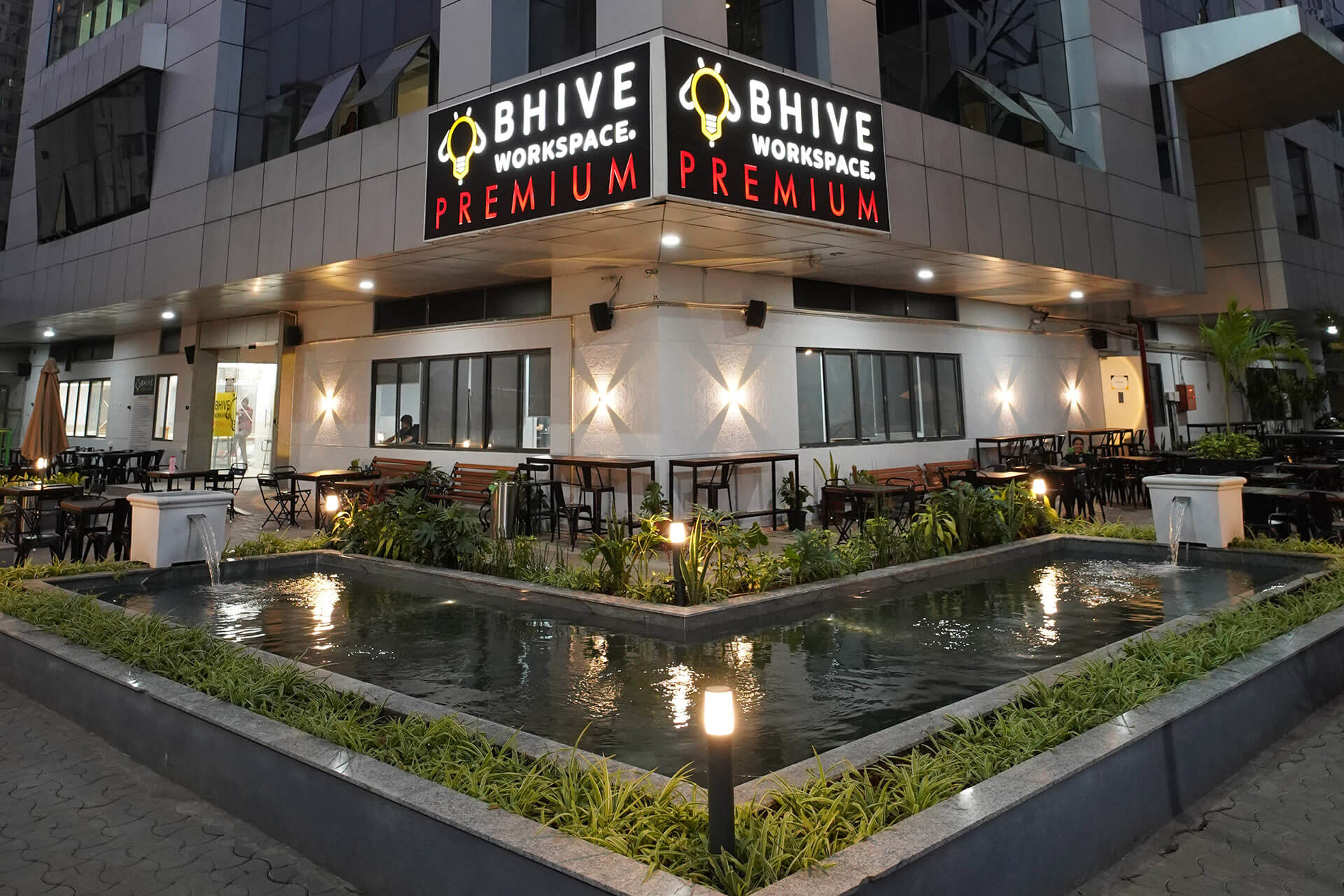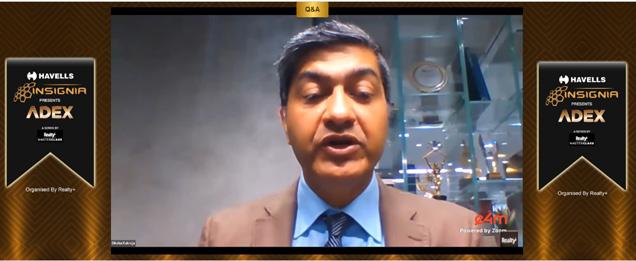E - PAPER
MUMBAI MEGACITY URBAN GROWTH
RAHUL KADRI, PARTNER & PRINCIPAL ARCHITECT, I.M.KADRI ARCHITECTS DEVELOPED LOVE FOR NATURE AT AN EARLY AGE WHICH TRANSLATED INTO A DEEP PASSION FOR CREATING BUILDINGS IN HARMONY WITH NATURAL CONTEXT. IN CONVERSATION WITH SAPNA SRIVASTAVA, HE ELABORATES ON MUMBAI’S URBAN DEVELOPM
 BY
Realty Plus
BY
Realty Plus
Published - Thursday, 31 Dec, 2020

RAHUL KADRI, PARTNER & PRINCIPAL ARCHITECT, I.M.KADRI ARCHITECTS DEVELOPED LOVE FOR NATURE AT AN EARLY AGE WHICH TRANSLATED INTO A DEEP PASSION FOR CREATING BUILDINGS IN HARMONY WITH NATURAL CONTEXT. IN CONVERSATION WITH SAPNA SRIVASTAVA, HE ELABORATES ON MUMBAI’S URBAN DEVELOPMENT.
Mumbai is one of the most densely populated areas in the world and with continuous population influx presents unique urban development challenges. According to Kadri, housing being the biggest issue, state government should relook the slum rehabilitation scheme which has failed miserably. “Less than 0.5 % of slums have been redeveloped by slum rehabilitation authority (SRA) since its inception in 1995 and those that have been redeveloped are of poor construction quality with inadequate natural light & ventilation. Such structures are detrimental to resident’s health and are a sore sight in the city landscape. The government should instead, financially enable the slum residents for self development of their houses. The in-situ up-gradation preserves investments by the slum dwellers for their homes and gives them better living habitats without impacting livelihoods. “
Talking about another big challenge for Mumbai citizens, the recurrent flooding of the city during monsoon, Kadri said the city authorities lack long term vision while dealing with city infrastructure planning. “In fact the Mumbai Draft Development Plan 2043 has no mention about how drainage will be provided for new buildings or about flood control. With climate change, the rains are predicted to get heavier every year, thus updating city’s drainage capacity for next 20-30 years has to be done now to prevent floods.”
“CREATE BUILT SPACES THAT ARE CONTEXTUAL, SUSTAINABLE AND ENVIRONMENTALLY HOLISTIC. THOROUGHLY EXPLORING THE PROJECT SITE IS THE FIRST STEP TOWARDS A SOCIALLY RESPONSIVE DESIGN. NEXT COMES, CAREFUL ARTICULATION OF FORM, MATERIALS, TEXTURES AND PROPORTIONS TO CRAFT CONTEMPORARY YET TIMELESS BUILDINGS.”
Kadri has been actively involved in proposals for the effective development of Mumbai’s open spaces. While he agrees that metro is the most efficient mode of transportation for urban cities, he feels Mumbai too should have adopted global model of underground metro network to save space that can then be utilized for creating green spaces. “The authorities need to plan for a long term rather than considering initial high cost, as infrastructure projects once implemented cannot be undone. The case in point is the recent shifting of metro shed from Aarey. The shifting cost was avoidable with proper planning and balancing of development & environment.at initial stages. Still, preserving 800 acres of Aarey as forest land, utilizing the already built structure for other purposes and joining of Metro 3 and Metro 6 lines at Kanjurmarg where the shed will now be shifted will greatly offset the cost. Similarly, Mumbai coastal road development will severely ravage the coastal ecosystem, just to provide ease of access to vehicular traffic from Nariman Point to Bhayander. Instead, creating more public transportation like metros that can carry large population than cars would have justified the cost and saved environment as well.”
RELATED STORY VIEW MORE
NEWS LETTER
Subscribe for our news letter
E - PAPER
-

CURRENT MONTH 
LAST MONTH















